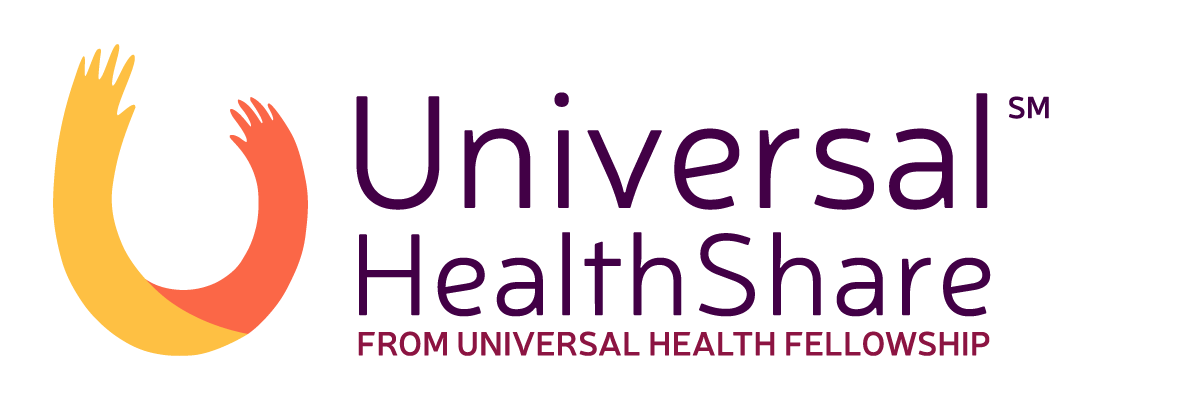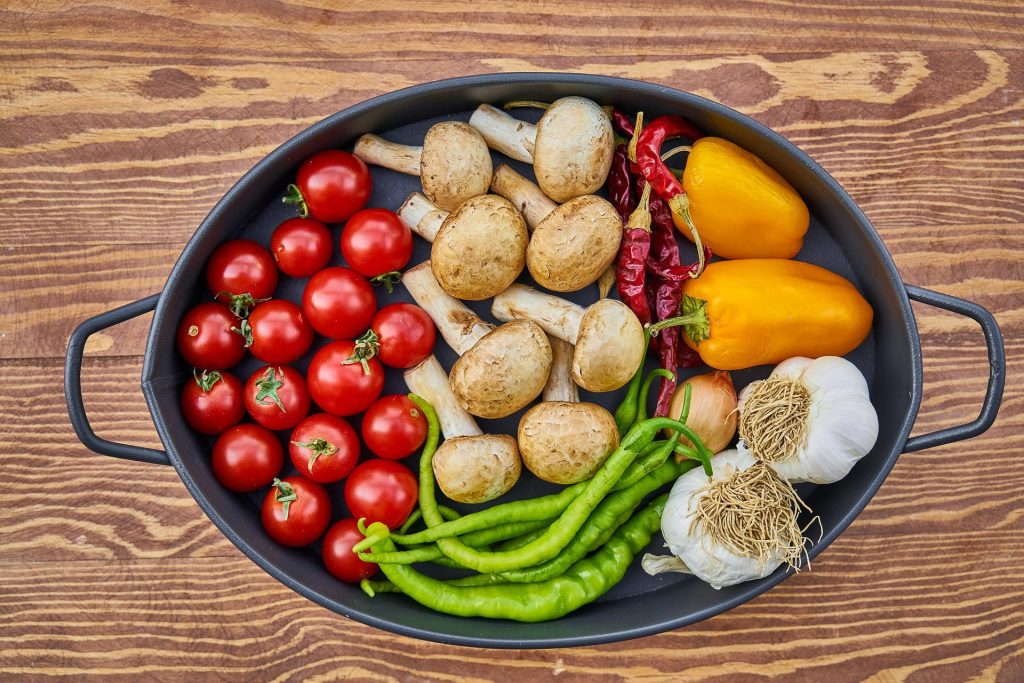When done mindfully, eating a vegan diet can be a great way to improve your health. A balanced vegan diet has been shown to promote weight loss, reduce your risk of heart disease, lower the risk of some cancers, and help manage diabetes. It can even have a positive impact on the environment!
If you’re interested in eating a vegan diet, or just want to incorporate more plant-based meals into your lifestyle, keep reading!
The Definition of Veganism
According to The Vegan Society, veganism is a lifestyle that seeks to exclude, as much as possible, all forms of animal exploitation and cruelty, whether for food, clothing, or other products. A vegan diet forgoes any animal products, including meat, dairy, and eggs.
Whether adopting the vegan lifestyle or adopting the vegan diet, transitioning to veganism can be difficult at first. There are many adjustments to be made, including a few surprises. For example, many types of candy contain gelatin and casein, two lesser-known animal products.
We’ve compiled a list of 10 tips to help you begin your journey into veganism below.
Tips for Going Vegan:
- Try going pescetarian (a diet excluding all meat except fish) or vegetarian (a diet excluding meat, but not other animal products) before going vegan.
- Cut out foods you don’t eat regularly first.
Ex. If you love cheese but don’t care for cow’s milk, cut out cow’s milk first. - Focus on adding plant-based protein sources to your meals and snacks as you slowly cut out meat, dairy, and eggs. A few great vegan protein sources include tofu, seitan, tempeh, edamame, lentils, beans, nutritional yeast, green peas, quinoa, soy milk, oats, chia seeds, nuts, and nut butters.
- Know what your motivation is. Despite plant-based diets increasing in popularity, many vegetarians and vegans still receive unsolicited feedback from others. Knowing your motivation will ensure you’re acting in your best interest and keep you going, especially as you start out.
- Stock up on vegan snacks and ingredients you can keep in the cupboard. For a list of vegan pantry staples and ideas to use each ingredient, check out this blog from The Herbeevore.
- Begin reading the ingredient labels on your next trip to the grocery store. Try replacing a staple condiment with a vegan version, or simply read the labels to become more aware of what foods you regularly buy that include animal products.
- Accept that you won’t be a perfect vegan immediately. Cravings are normal after cutting out a food you love, and you may occasionally eat something that isn’t vegan without realizing it. This is all part of the path to eating vegan.
- Make a meal plan for the week. A meal plan will ensure your diet stays vegan, gets the decision-making out of the way early in the week, and can ensure you’re getting the correct nutrients.
- Be aware of the possibility of vitamin deficiencies. While it is ideal to get all necessary vitamins and minerals from diet alone, vegans may have a more difficult time with this. Consult with your doctor before starting a new diet and keep up with them throughout your transition.
- Be proud of your lifestyle. If people close to you are curious about your decision to try veganism, be open and honest with them about your experience and reasons for doing so. It may start a good conversation or help you find support in a place or person you didn’t expect.
Foods and Ingredients to Avoid
There are several obvious foods and ingredients to avoid when becoming vegan, like meat and cheese, but some ingredients may not be so apparent. Listed below are several examples of what to avoid when transitioning to a vegan diet:
- Meat and seafood
- Eggs
- Cheese, butter
- Mayonnaise
- Honey
- Animal milk and other dairy products (like ice cream and yogurt)
- Bread products containing L-cysteine
- Foods fried in animal fat
- Gelatin
- Whey
- Vitamin D3
- Carmine (used to give a red color to many food products)
- Shellac (often used to make candy and sprinkles shiny)
- Isinglass (used in the making of beer or wine)
- Casein (a protein in milk found as an ingredient in many products ranging from non-dairy coffee creamer to dairy-free cheese to baby formula)
Please note this list is not exhaustive and the best way to ensure something is vegan is to look for a label that says, “Suitable for Vegans” or “Certified Vegan.” The next best way to ensure a food is vegan is to read the list of ingredients and research the ingredients you don’t recognize.
Becoming vegan or incorporating elements of a vegan lifestyle can be a challenging process at first, but if you keep an open mind and stick to it, you’ll notice positive changes for yourself and the world around you. To learn more about the vegan lifestyle, check out this list of resources from Vegan.com.


